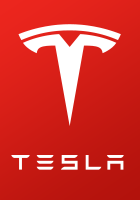We have quite a few 50KW chargers around my work and house. I typically pop out during my lunch break and stick it on a 50KW (21-48KW actual speed) charger and charge back up to 90%.
Is this a bad idea? Will it damage the battery in the long run?
Is this a bad idea? Will it damage the battery in the long run?


